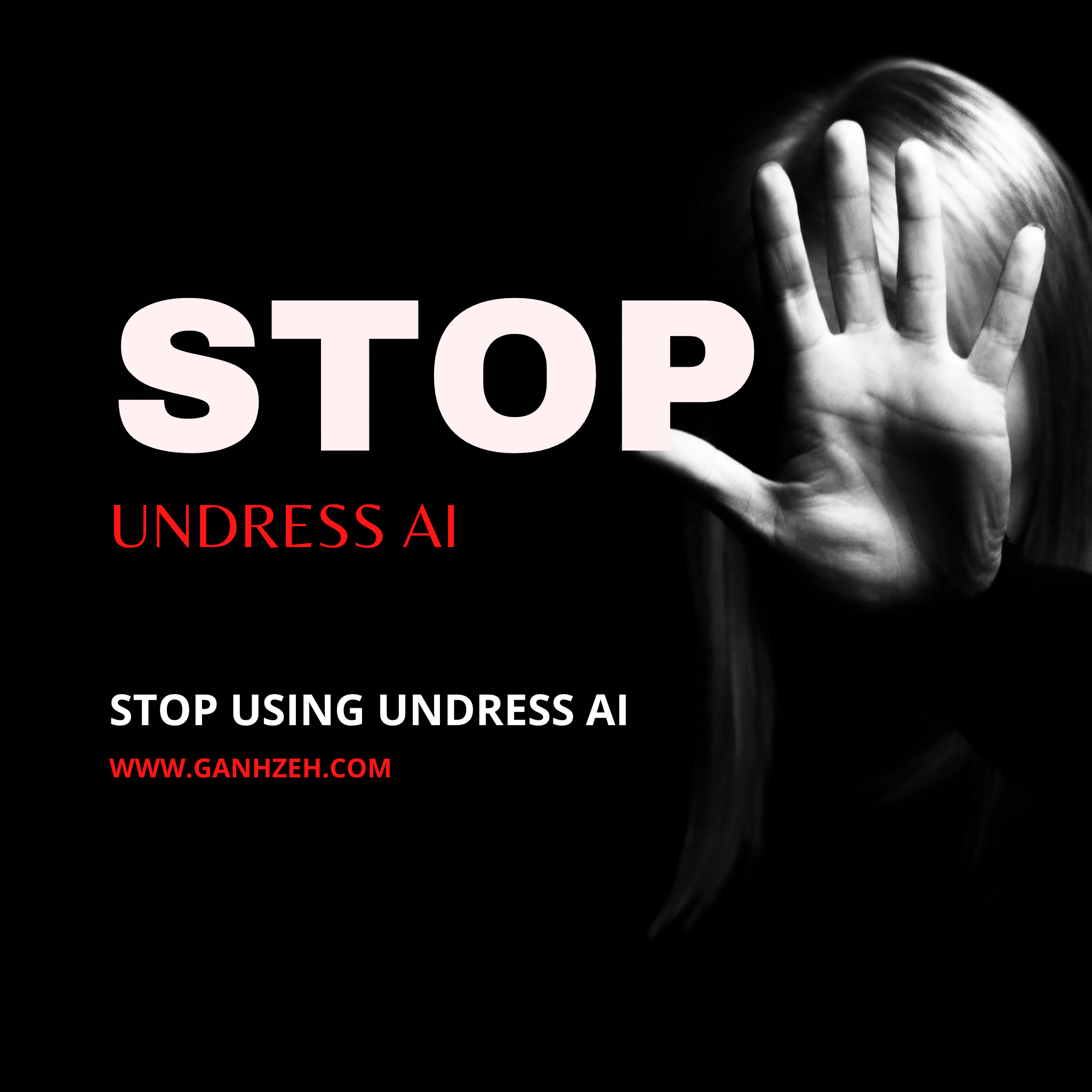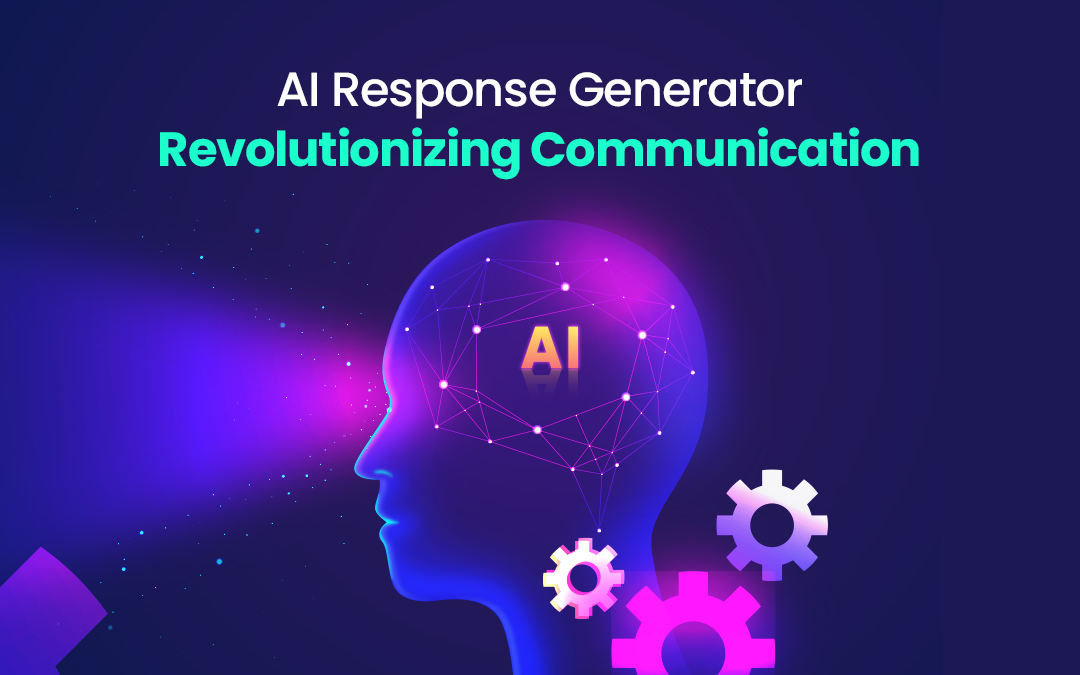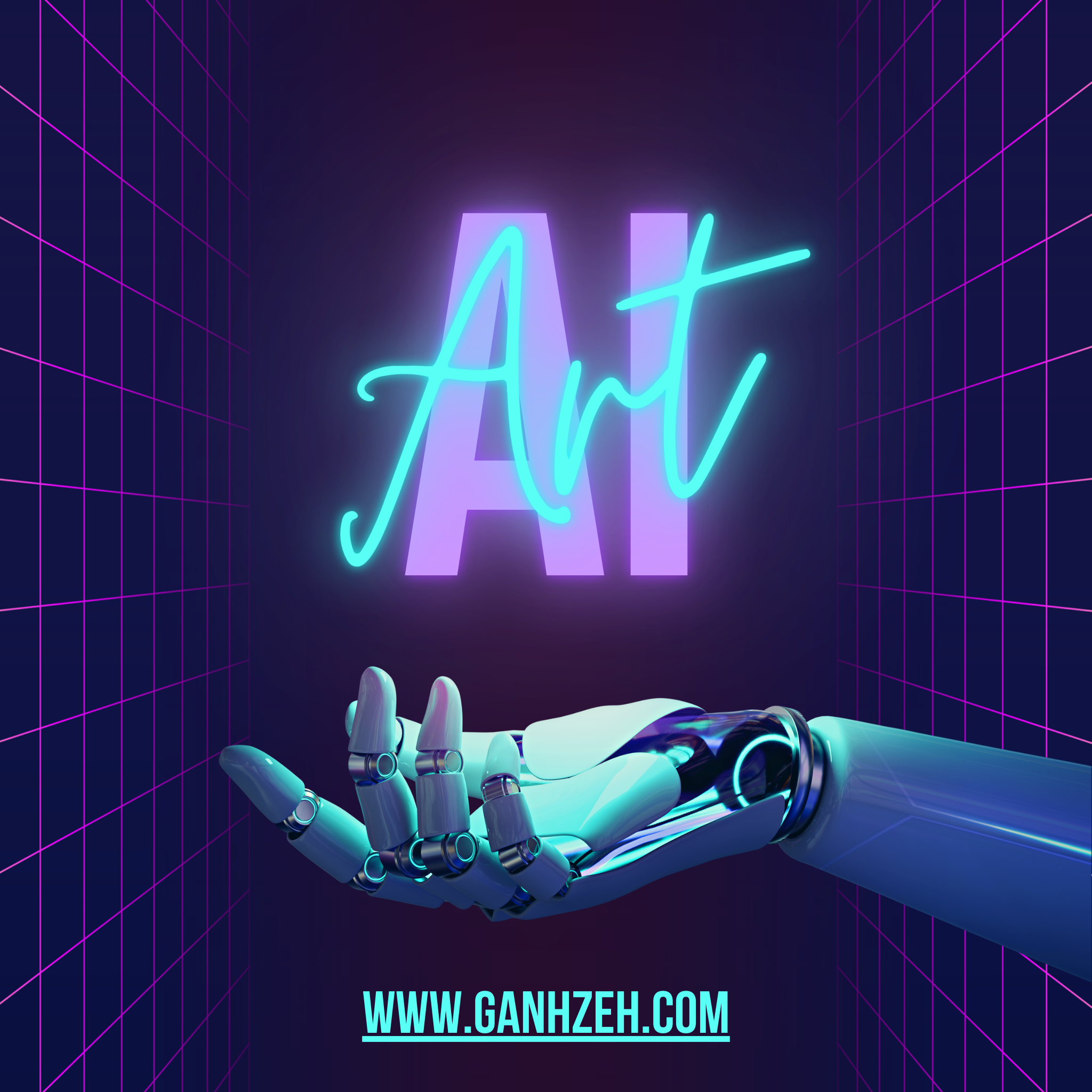
Introduction
In recent years, technology has revolutionized nearly every facet of human life, and the world of art is no exception. From the creation of new art forms to the ways in which art is distributed and experienced, technology has had a profound impact on the art world. This article explores how technological advancements are reshaping artistic expression, transforming traditional art practices, and redefining the relationship between artists and audiences.
Digital Art and New Media
One of the most significant ways technology is changing art is through the rise of digital art and new media. Digital art encompasses a broad range of practices, from digital painting and illustration to computer-generated imagery (CGI) and interactive installations. Artists now have access to powerful software and tools that allow them to create intricate and dynamic works that were previously unimaginable.
Software and Tools
Software like Adobe Photoshop, Illustrator, and Procreate has become essential for contemporary artists. These programs offer a plethora of brushes, textures, and effects that mimic traditional mediums or enable entirely new artistic possibilities. 3D modeling software such as Blender and Maya allows artists to create detailed three-dimensional works that can be used in various applications, from video games to virtual reality experiences.
Interactive Art
Interactive art, which involves the audience actively engaging with the work, has been made possible by advancements in technology. Artists use sensors, cameras, and other interactive elements to create immersive experiences that respond to the audience’s actions or movements. This form of art breaks the traditional boundaries between the observer and the artwork, creating a dynamic and participatory experience.
Augmented Reality (AR) and Virtual Reality (VR)
Augmented Reality (AR) and Virtual Reality (VR) have opened up new dimensions for art creation and consumption. These technologies enable artists to explore new ways of presenting their work and allow audiences to experience art in innovative and immersive ways.
Augmented Reality
AR overlays digital information onto the real world, which can enhance the viewing experience of physical artworks. For example, AR apps can provide additional layers of information about a piece of art, such as the artist’s intent, the historical context, or interactive elements that bring the artwork to life. This integration of digital content with the physical world adds depth and context to the art experience.
Virtual Reality
VR, on the other hand, creates entirely virtual environments where users can immerse themselves in a 360-degree digital world. Artists can construct entire virtual galleries or installations that viewers can explore from the comfort of their own homes. This technology allows for a more profound and personal engagement with art, as users can navigate, interact with, and experience the artwork in a way that traditional media cannot offer.
Blockchain and NFTs
Blockchain technology has introduced a new way of buying, selling, and owning art through Non-Fungible Tokens (NFTs). NFTs are digital tokens that represent ownership of a unique piece of digital content, such as a digital artwork, music, or video.
Ownership and Provenance
One of the significant advantages of NFTs is their ability to establish clear ownership and provenance of digital art. Each NFT is recorded on a blockchain, providing a permanent and tamper-proof record of the artwork’s history. This transparency helps artists and buyers verify the authenticity and originality of digital art, addressing issues of copyright and forgery that have long plagued the art world.
Marketplaces and Distribution
NFTs have also created new marketplaces for artists to sell their work directly to collectors. Platforms like OpenSea, Rarible, and Foundation enable artists to list their digital creations and receive payment in cryptocurrency. This direct-to-collector model bypasses traditional galleries and auction houses, allowing artists to retain more control over their work and potentially reach a global audience.
Artificial Intelligence (AI) in Art
Artificial Intelligence (AI) is becoming an increasingly influential tool in the art world. AI algorithms can generate artwork, assist in the creative process, and even collaborate with human artists. This technology raises questions about creativity, authorship, and the role of the artist in the creation of art.
AI-Generated Art
AI-generated art involves using algorithms and machine learning techniques to create images, music, or other forms of art. For instance, Generative Adversarial Networks (GANs) can produce visually stunning pieces by analyzing and learning from existing artworks. AI-generated art challenges traditional notions of creativity and originality, as the AI’s role in the creative process becomes more prominent.
Collaboration with Human Artists
AI is not only creating art independently but also collaborating with human artists. Tools like DeepArt and RunwayML allow artists to integrate AI into their creative workflows, providing new ways to generate and manipulate visual content. This collaboration can lead to innovative and unexpected results, pushing the boundaries of artistic expression.
Social Media and Digital Platforms
The rise of social media and digital platforms has transformed how art is shared and experienced. Platforms like Instagram, Pinterest, and TikTok have become essential tools for artists to showcase their work, connect with audiences, and build their brands.
Exposure and Reach
Social media allows artists to reach a global audience without the need for traditional gallery representation. By sharing their work on platforms with millions of users, artists can gain visibility and attract followers from around the world. This democratization of art distribution has made it easier for emerging artists to gain recognition and build their careers.
Engagement and Feedback
Digital platforms also provide artists with immediate feedback from their audience. Through likes, comments, and shares, artists can gauge the public’s reaction to their work and engage in conversations with their followers. This direct interaction can foster a sense of community and collaboration between artists and their audiences.
Conclusion
Technology is profoundly altering the landscape of the art world, offering new tools, platforms, and possibilities for artistic expression. From digital art and interactive installations to NFTs and AI-generated creations, the impact of technology on art is both expansive and transformative. As technology continues to advance, it will undoubtedly bring even more innovations and changes to the way art is created, experienced, and appreciated. The fusion of art and technology is not only reshaping traditional practices but also paving the way for a new era of creativity and artistic exploration.







